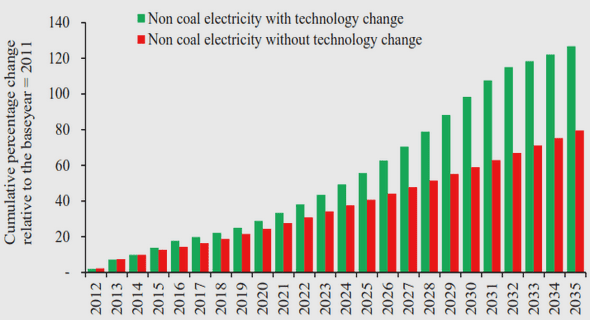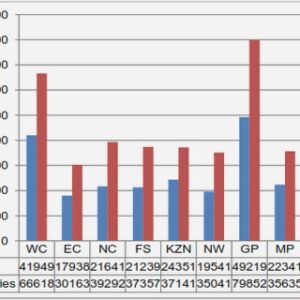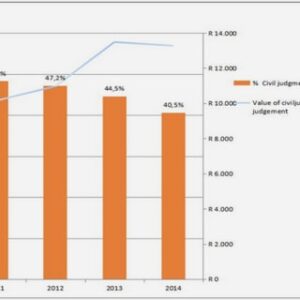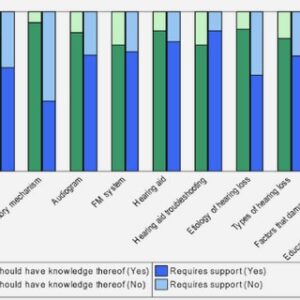(Downloads - 0)
For more info about our services contact : help@bestpfe.com
Table of contents
Introduction
1 Theory
1.1 The Standard Model of particle physics
1.1.1 The gauge theory
1.1.2 The Standard Model Lagrangian
1.1.3 Spontaneous symmetry breaking and the Higgs mechanism
1.1.4 The production and decay of Higgs boson
1.1.5 Non-resonant diphoton production
1.2 Beyond the Standard Model
1.2.1 The Two-Higgs-Doublet Models
1.2.2 The Randall-Sundrum model
2 The Large Hadron Collider and the ATLAS detector
2.1 The Large Hadron Collider
2.1.1 The LHC injection chain
2.1.2 Luminosity and performance
2.2 The ATLAS detector
2.2.1 Inner detector
2.2.2 Calorimetry
2.2.3 Muon spectrometer
2.2.4 Magnet system
2.2.5 Forward detectors
2.2.6 Trigger system
3 Photon reconstruction and performance
3.1 Photon reconstruction
3.1.1 Energy reconstruction
3.1.2 Track matching
3.2 Energy calibration
3.3 Photon identification
3.4 Photon isolation
4 Photon energy calibration uncertainties from shower leakage mismodeling
4.1 Method
4.1.1 Definition of leakage variables
4.1.2 Data and simulated samples
4.1.3 Background subtraction in the diphoton sample
4.2 Measurement of the lateral leakage and double difference
4.2.1 Measurement of the lateral leakage
4.2.2 Measurement of the double difference
4.3 Studies on the double difference
4.3.1 pT and dependence
4.3.2 Leakage along and directions
4.3.3 Pile-up dependence
4.3.4 Impact of additional material
4.3.5 Other effects
4.3.6 Conclusion
4.4 Refined double difference measurement and final results
4.4.1 Corrections on the double difference
4.4.2 Systematic uncertainty of background subtraction method for diphoton sample
4.4.3 Final results
5 Search for diphoton resonances
5.1 Data and Monte Carlo samples
5.1.1 Low-mass samples
5.1.2 High-mass samples
5.2 Event selection
5.3 Signal modeling
5.3.1 Narrow-width signal modeling
5.3.2 Large-width signal modeling
5.4 Background modeling
5.4.1 Non-resonant background
5.4.2 Resonant background
5.4.3 Background modeling results
5.5 Fiducial and total acceptance corrections
5.5.1 Fiducial volume and correction factor
5.5.2 Acceptance factor
5.6 Systematic uncertainties
5.6.1 Signal modeling uncertainties
5.6.2 Signal yield uncertainties
5.6.3 Background modeling
5.6.4 Migration between categories
5.6.5 Systematics uncertainties summary
5.7 Statistical method
5.7.1 Profile log-likelihood ratio method
5.7.2 Discovery p-value
5.7.3 Look-elsewhere effect
5.7.4 Upper limits
5.7.5 Statistical models
5.8 Results
5.8.1 Low-mass search results
5.8.2 High-mass search results
5.9 Conclusion
5.9.1 Low-mass analysis
5.9.2 High-mass analysis
Conclusion
Appendices
A Stitching of the sliced MC background samples
B Functional Decomposition smoothing




